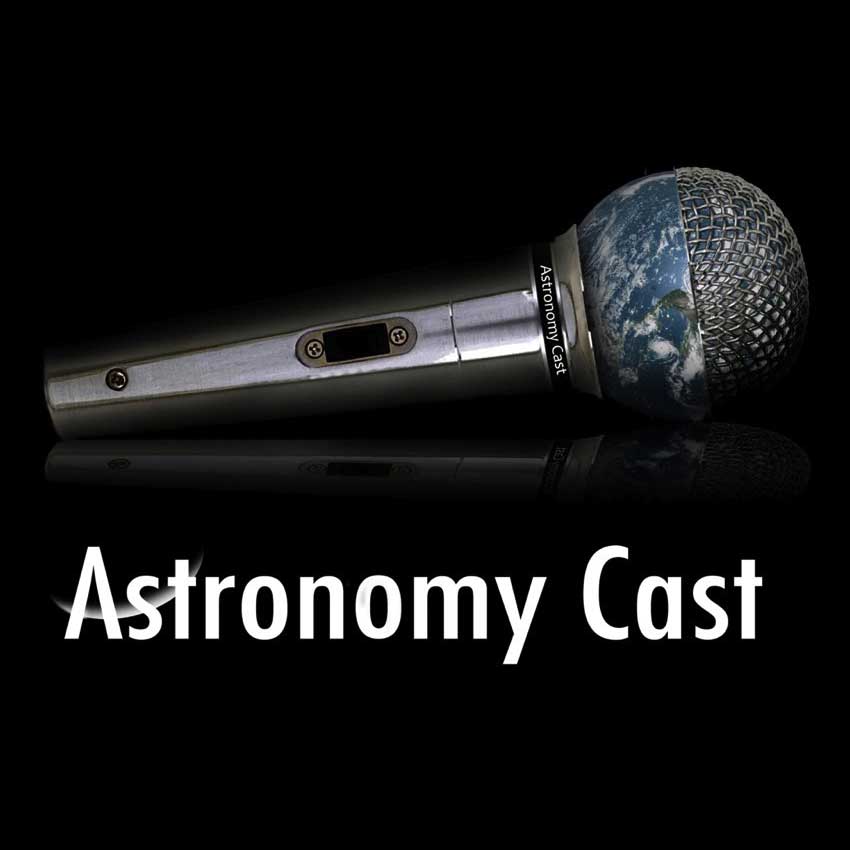Have you ever wondered what it takes to get a spacecraft off the Earth and into space. And how managers at NASA can actually navigate a spacecraft to another planet?


Have you ever wondered what it takes to get a spacecraft off the Earth and into space. And how managers at NASA can actually navigate a spacecraft to another planet?

Continents rise and fall over the eons, providing geologists with a history of the planet’s evolution. The study of these changes is known as geomorphology, and the lessons we learn here on Earth apply to the other objects in the Solar System

Our modern society depends on science. It impacts the way we eat, work, communicate and play. And yet, most people take our amazing scientific advancement for granted. What can we do to spread the love of science through education, outreach and media?

What can we say about Einstein? Albert! Freaking! Einstein! Lots, actually. In this show we’re going to talk about the most revolutionary physicist… ever.

How did astronomers actually figure out how far away everything is? It’s not a single measuring stick. Get out your ruler… no, the bigger one… never mind… just listen.

There are several different kinds of orbits, and they are good for different reasons. From suborbital jumps to geostationary orbit, time to learn everything there is to know about going around and around and around.

We say it all the time here on Astronomy Cast: the Universe is trying to kill us. This week, Pamela is joined by Dr. Phil Plait to discuss his new book, Death from the Skies. Phil and Pamela talk about asteroid strikes, solar flares and gamma ray bursts.

Normally we try to end the season on a high note. But here’s the unfolding news: NASA’s new budget is here, and it’s 25% smaller.

The time has come. The mighty Vera Rubin Observatory has finally come on line and delivered its “first light” images. Lets talk about it

It’s almost time for our annual summer hiatus, but before we go, we wanted to direct you towards all the fun and space stuff we’ll be enjoying this summer. We’ve got meteor showers, planets, rocket launches, TV shows, movies! Here’s what’s good.